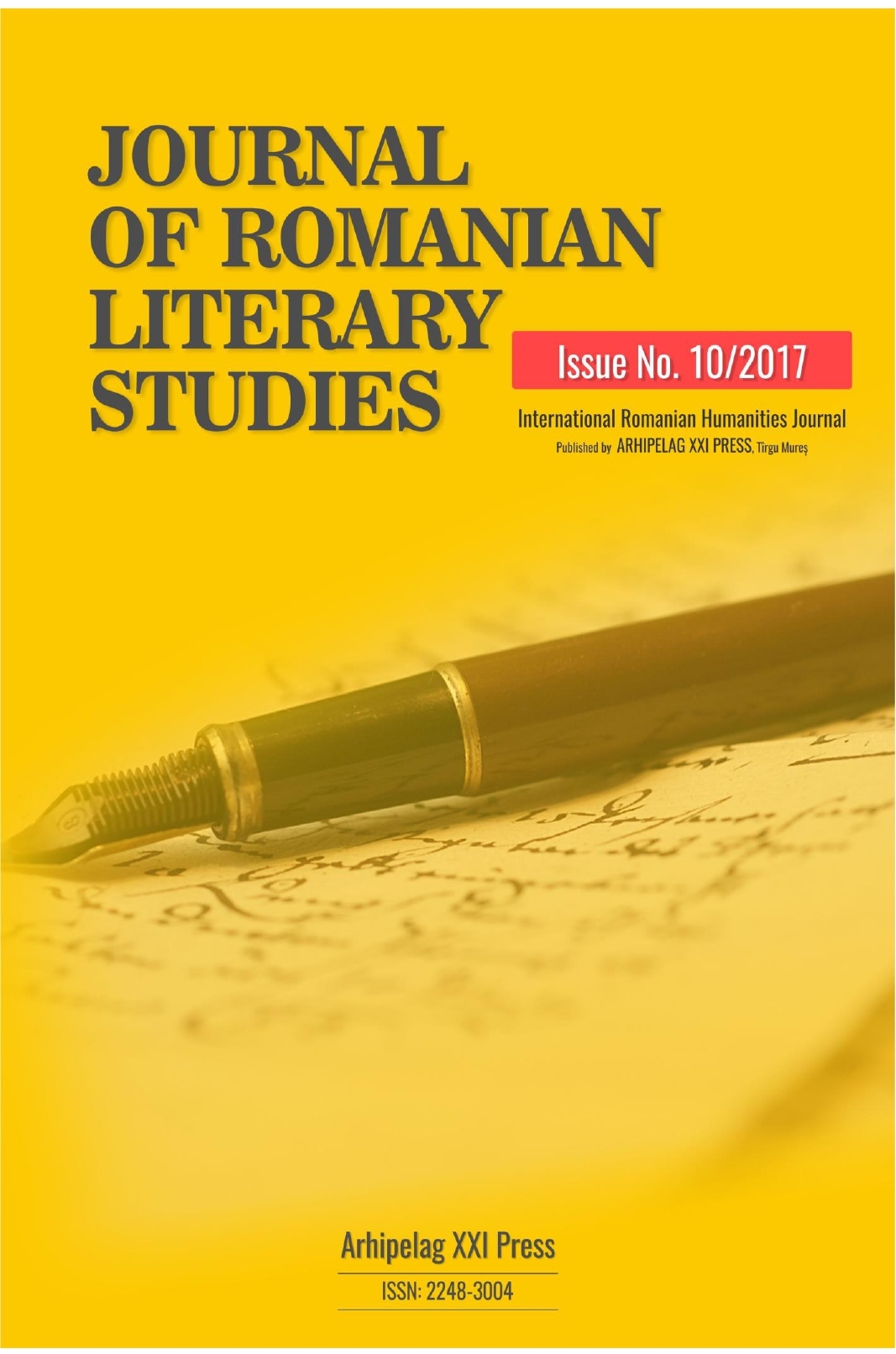FILMIC REPRESENTATIONS OF CHILDHOOD IN FILMS OF POST-DICTATORSHIP: KAMCHATKA (MARCELO PIÑEYRO, 2002) AND THE WAY I SPENT THE END OF THE WORLD (CǍTǍLIN MITULESCU, 2006)
FILMIC REPRESENTATIONS OF CHILDHOOD IN FILMS OF POST-DICTATORSHIP: KAMCHATKA (MARCELO PIÑEYRO, 2002) AND THE WAY I SPENT THE END OF THE WORLD (CǍTǍLIN MITULESCU, 2006)
Author(s): Cecilia PolicsekSubject(s): Aesthetics, Transformation Period (1990 - 2010), Film / Cinema / Cinematography
Published by: Editura Arhipelag XXI
Keywords: Kamchatka; The Way I Spent the End of the World; filmic representation of childhood; film and transitional justice; film and postmemory;
Summary/Abstract: The current paper suggests a comparative consideration of “Kamchatka” (Marcelo Piñeyro, 2002) and “The Way I Spent the End of the World” (Cǎtǎlin Mitulescu, 2006) in order to highlight the construction and function of the child figure in the two films. By pinpointing common elements in the two films, such as the consideration of childhood through the affective bond of brotherly relationship, or the demystifying function of humor, these lines endorse the interpretation of the two films as samples of a discourse on a violent recent past shaped from the perspective of a universalistic approach to human rights. It is in this scheme that the figure the child, as embodiment, by excellence, of powerlessness, reveals its force, and unveils the intricacies of the claim of a clear-cut distinction between the concern with aesthetics of “new” cinematic productions and the committed character of preceding cinematic schools.
Journal: Journal of Romanian Literary Studies
- Issue Year: 2017
- Issue No: 10
- Page Range: 888-889
- Page Count: 11
- Language: English

